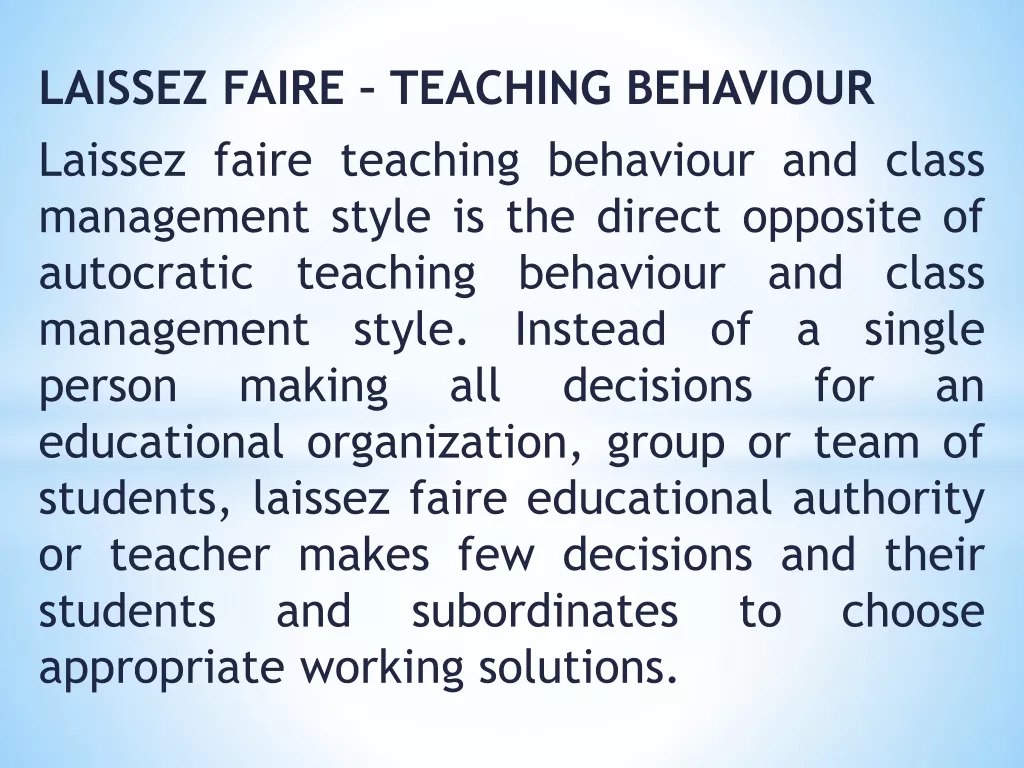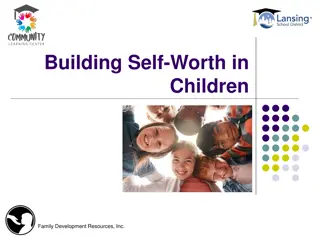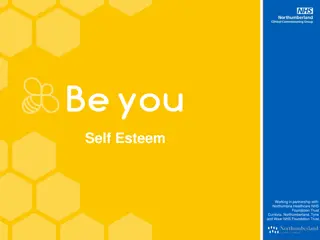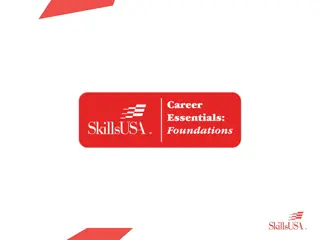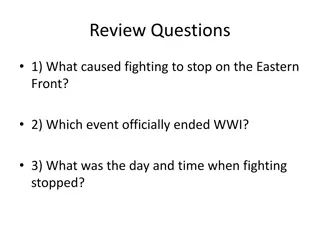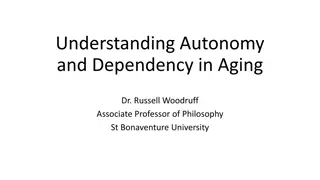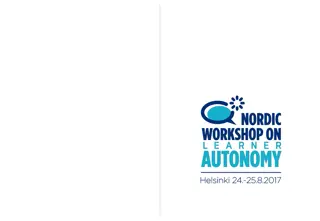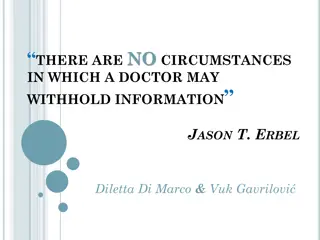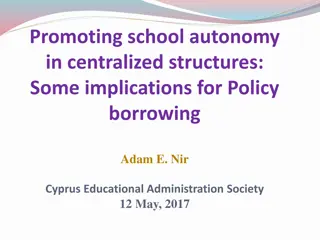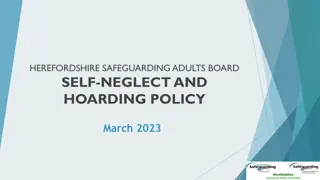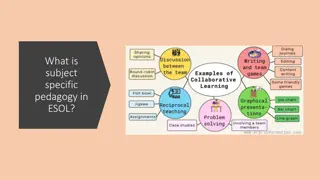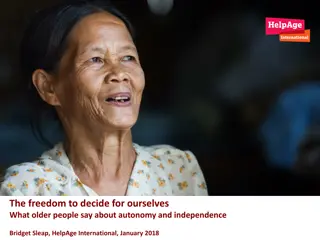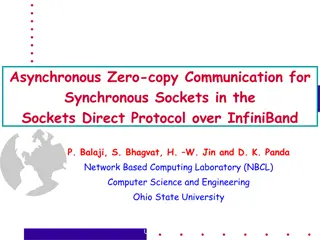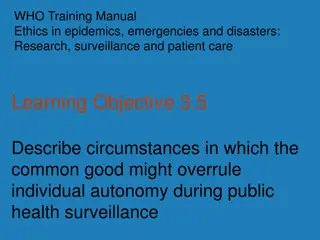Promoting Student Autonomy Through Self-Designed Points (SDP)
Encouraging student autonomy, the approach of Self-Designed Points (SDP) provides students the freedom to earn points by demonstrating personal initiative in various course activities such as reading optional selections, writing responses, and designing online discussions. This student-centered strategy aims to foster independence and critical thinking skills rather than solely following instructions, ultimately leading to a more engaging and empowering learning experience.
Uploaded on Oct 11, 2024 | 0 Views
Download Presentation

Please find below an Image/Link to download the presentation.
The content on the website is provided AS IS for your information and personal use only. It may not be sold, licensed, or shared on other websites without obtaining consent from the author.If you encounter any issues during the download, it is possible that the publisher has removed the file from their server.
You are allowed to download the files provided on this website for personal or commercial use, subject to the condition that they are used lawfully. All files are the property of their respective owners.
The content on the website is provided AS IS for your information and personal use only. It may not be sold, licensed, or shared on other websites without obtaining consent from the author.
E N D
Presentation Transcript
Using Self-Designed Points (SDP) to Promote Student Autonomy Jeff Sommers, West Chester University jsommers@wcupa.edu
Self-Designed Points (SDP) (50 of 300 points) Instead of simply homework assignments, I m going to encourage you to exercise independence and to show personal initiative rather than simply following my directions, so these 50 points are yours to design. You can earn points for exercising personal initiative in a number of ways in the course. Please note that this is not extra credit. Excerpted from my syllabus making 10 additional
Students read optional selections and write 250- word responses for 5 points. Some sample readings
In this case, students read an online study guide and watch a brief video before writing their 250-word response. Listening Skills Texas A&M Counseling Service You can find this reading by clicking on this link: https://scs.tamu.edu/?q=node/90 Check out this video on listening: http://www.youtube.com/watch?v=1d5T6D4ZwHw&feature=r elated
Students volunteer to design online discussions by developing discussion questions. For example, Students Think They Can Multi-Task. Here s Proof They Cannot. Do you personally multitask and do you feel it helps or hinders your work? Do you think that if students knew the statistics shown in this article would they stop multi-tasking?Why or why not? Is there anything professors could do to help lower the amount of multi-tasking done in their lectures and what are your suggestions?
Sometimes I post excerpts from their online discussions and invite them to read the excerpts and respond in a 250-word journal. For example, We all strive to be the best was can be so if professional writers are not using the 5 essay format, why should we? Agreed. I believe the 5 essay format is used for beginner writers to create experience to later be able to form a more formal essay/writing. I agree with both of you. The problem becomes that this style doesn t lead people to become more experienced writers. It teaches them that this is how you write an essay and that it s the only way. I agree with all 3 of you. The first way were taught to write was by writing a 5 essay. Now that s what think is the right way to write one. We were all taught to write in a 5 format. While the intention was for us to grow out of it, most students find that very difficult and become stuck with it. The 5 format should be used as a helping tool or guideline. As we grow, so should our writing and we should be able to write for ourselves.
The Theory behind Self-Designed Points: there is a heated debate regarding the value of generalizing about an entire generation of students, some of the characteristics of this generation of new college students do suggest that the SDP approach is a suitable one. Maureen E. Wilson presents recommendations for teaching millennial students effectively and asserts that Millennials who have had sheltered lives and involved parents need to learn how to take responsibility for their own learning. She argues that these students learning styles differ and require good teachers to use a variety of teaching strategies. Richard Sweeney emphasizes a similar point when he suggests that millennials expect more selectivity and options. They have grown up with a huge array of choices and they believe that is their birthright. . . . they expect many personalization and customization features that meet their changing needs, interests, and tastes. . . . they expect . . . more flexibility. The SDP approach acknowledges that students have different learning styles by presenting them with options that they can exercise to meet their own needs. Traditionally aged students are now being identified in the literature as millennials, and although
But what about the other substantial population of two-year campus studentsadults returning to college, students who are not millennials? The research into self-directed learning over the decades may suggest that the SDP approach is well suited for this group of students as well. Self-directed learning has been defined as any study form in which individuals have primary responsibility for planning, implementing, and even evaluating the effort (Hiemstra). In the 1970s, Lucy Guglielmino s oft-cited self-directed learning readiness scale identified eight factors in self-directed learning, one of which was the familiar concept of responsibility: Informed acceptance of responsibility for one s own learning, and another of which was Initiative and independence in learning. A decade later, Ron and Susan Zemke argued that adults prefer self-directed and self-designed learning projects over group- learning experiences led by a professional, they select more than one medium for learning, and they desire to control pace and start/stop time (11). In the 1990s, Ralph G. Brockett and Roger Hiemstra made the case that self-direction in learning refers to an instructional approach in which a learner assumes primary responsibility for the learning process, citing the work of Allen Tough in the 1970s. For Brockett and Hiemstra, the point of departure for understanding self-direction in adult learning . . . is the notion of personal responsibility. By personal responsibility, we mean that individuals assume ownership for their own thoughts and actions. They suggest that optimal conditions for learning result when the students level of self-direction is balanced by the degree to which they are offered the possibility for self-directed learning. More recently, Phyllis Blumberg describes the key characteristics of self-directed learning as the ability to define what needs to be learned, the ability to manage time, the ability to develop strategies for acquiring resources, the ability to seek assistance, and the ability to evaluate the effectiveness of resources (205).
My point is that the SDP approach would seem to be an appropriate teaching/learning strategy for both new students from the millennial generation and older, returning students. Research into both student intellectual development and self-directed learning argues that we find ways to activate student learning by turning over the reins to the students themselves. But I suspect that most teachers do not need this research to assent to the premise that their students should not be passive learners. From Self-Designed Points: Turning Responsibility for Learning over to Students. Jeff Sommers. Teaching English in the Two-Year College. May 2011. 403-413.



